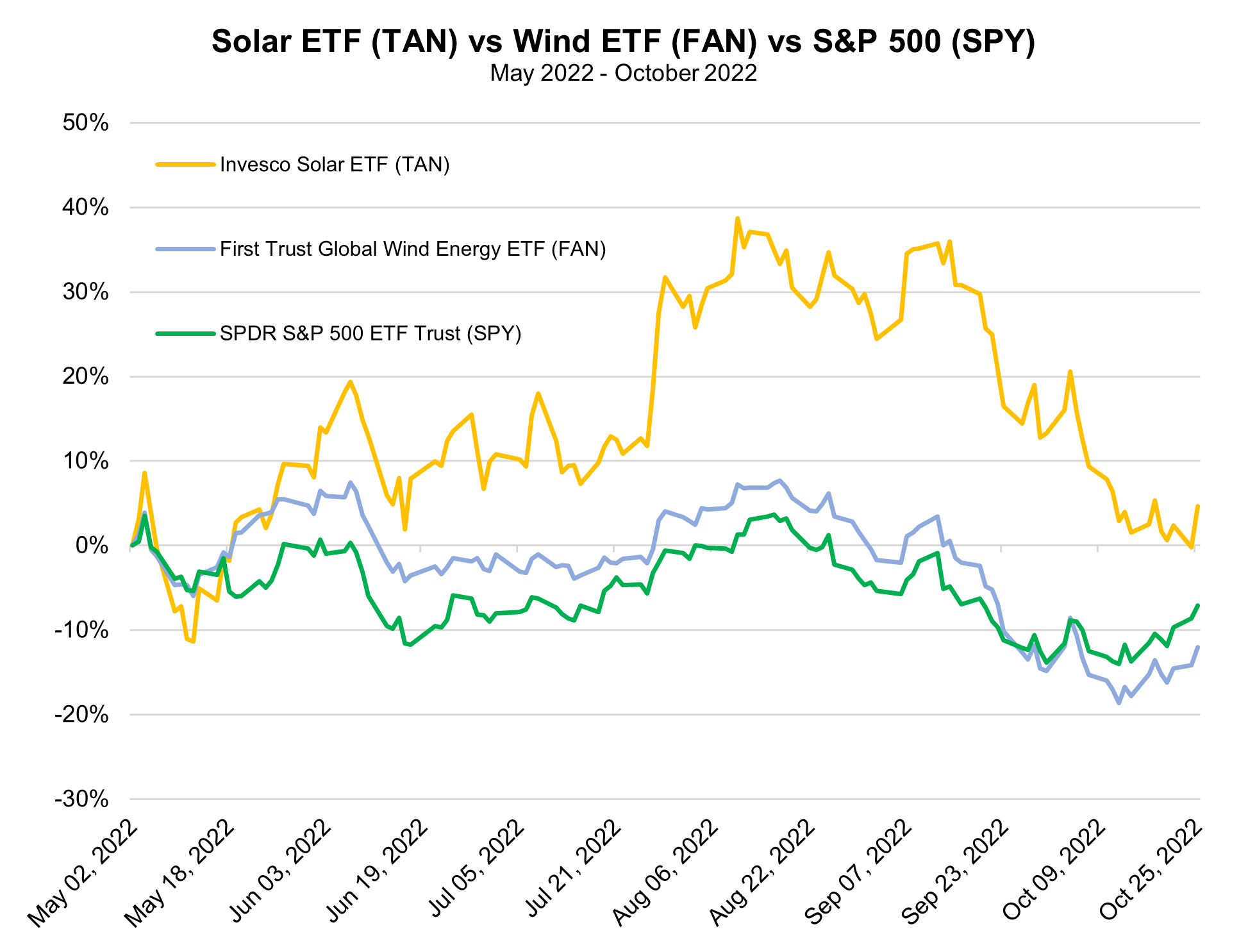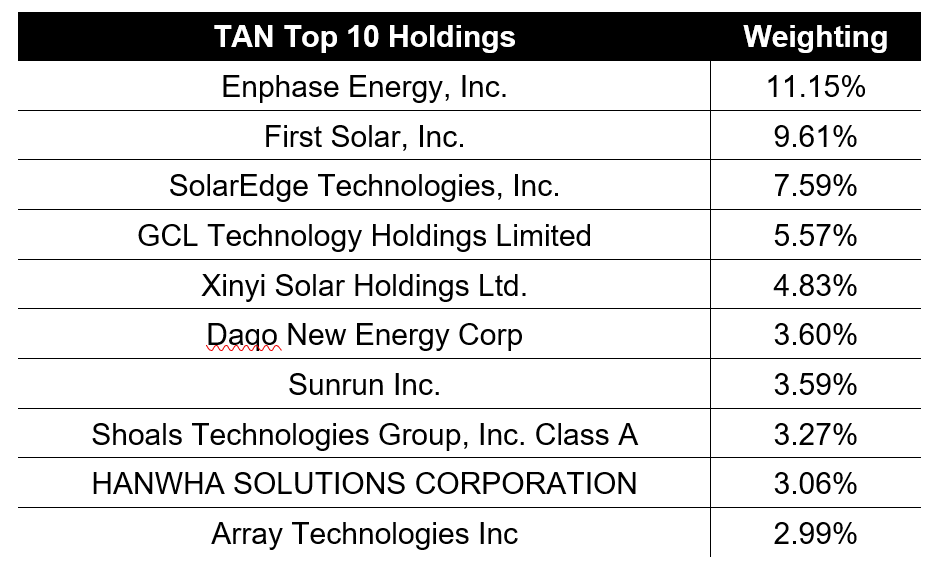|
There are increasing concerns that the perpetually falling costs associated with the installation and operation of solar panels could reverse course in the midst of rapid inflation that is affecting virtually every industry across the global economy.
As Paddy Padmanathan, chief executive officer of middle eastern renewables firm ACWA Power Co., said in an interview at the Future Investment Initiative conference in Saudi Arabia, “[Solar] costs are going to go up. It’s immediate. Technology driving down costs won’t happen as fast as inflation and interest rates are pushing prices up.” However, Bloomberg notes that he clarified renewables remain “cheaper and will continue to be cheaper” than most fossil fuels.
The levelized cost of solar energy has only gotten cheaper throughout the past decade. Back in 2020, the International Energy Agency (IEA) crowned solar power the “new king” of global electricity markets, the cheapest form of electricity in history. As MRP highlighted, the IEA measured the levelized cost of energy (LCOE) for solar between $35 to $55 per megawatt hour (MWh) in some of the world’s biggest markets — the US, Europe, China, and India. The cost for coal at that time ranged between about $55 and $150 per MWh. Today, costs for coal-powered capacity have soared and, though natural gas prices have come down from their highs, gas futures remain elevated well-above prices across their previous 10-year trend.
Higher interest rates will also effect financing terms for adding new residential and commercial solar capacity, but provisions in the recently-passed Inflation Reduction Act of 2022 (IRA) have enacted a long-term extension of the Investment Tax Credit (ITC) for residential and commercial utilization, which has been instrumental in developing the solar infrastructure available today. Per PV Magazine, the bill calls for a 10-year extension at 30% of the cost of the installed equipment, which will then step down to 26% in 2033 and 22% in 2034.
As a result of the IRA, some have speculated that there may be solar power projects whose levelized cost of electricity (LCOE) drops below a penny per kilowatt hour in years to come. Specifically, Credit Suisse sees solar’s LCOE bottoming around 0.4¢ per kilowatt hour ($4 per MWh) in the US by 2029.
Other actions taken by the US government to keep solar costs down include President Biden’s invoking of the Defense Production Act as a means to direct loans and grants to the industry, accelerating American manufacturing across the solar supply chain and alleviating dependency on imported PV hardware and materials. Per PV Magazine, reports indicate that the goal of invoking the act is to raise domestic solar manufacturing capacity to 22.5 gigawatts (GW) by 2024, a 265% increase from the less than 8.5 GW that is annually produced in the US currently.
A second prong of the White House’s renewed commitment to solar was an announcement that the cost of building wind and solar on US public land would be cut by 50% going forward. As a statement from the Department of the Interior (DOI) read: “The new policy will reduce rents and fees substantially and enhance rate predictability… On average, the [Bureau of Land Management] expects rents and fees to decrease by over 50% due to lower acreage rents and a standard megawatt fee…” electrek reports the DOI is working to permit 25 GW of clean energy on public lands by 2025 – enough to power around 4.75 million homes.
Though Europe has deployed a significant amount of new solar capacity this year and is generating more power than ever from renewable sources, the continent’s governments may be doing more to harm solar than bolster it.
CNN reports that wind and solar power have made up a record 24% of the European Union’s (EU) electricity mix since Russia launched its war on Ukraine, a boost that has also helped the bloc battle soaring inflation. Additionally, growth in renewable power capacity has saved the 27-nation bloc €99 billion ($97 billion) in avoided gas imports between March and September, which is €11 billion ($10.8 billion) more when compared with the same period from last year, according to the report published by climate think tanks E3G and Ember.
The issue now, however, is the EU’s windfall tax on energy industry profits that is disproportionately hitting energy generated by renewables. Reuters notes that EU energy ministers agreed in late September to limit revenues from wind, solar and nuclear power generation to €180/MWh from December until the end of June, capping revenues at less than half their market prices. That is still far above the running cost of solar and wind assets, but having profits siphoned off to depress market prices of electricity could hurt investment down the line. |






Leave a Reply